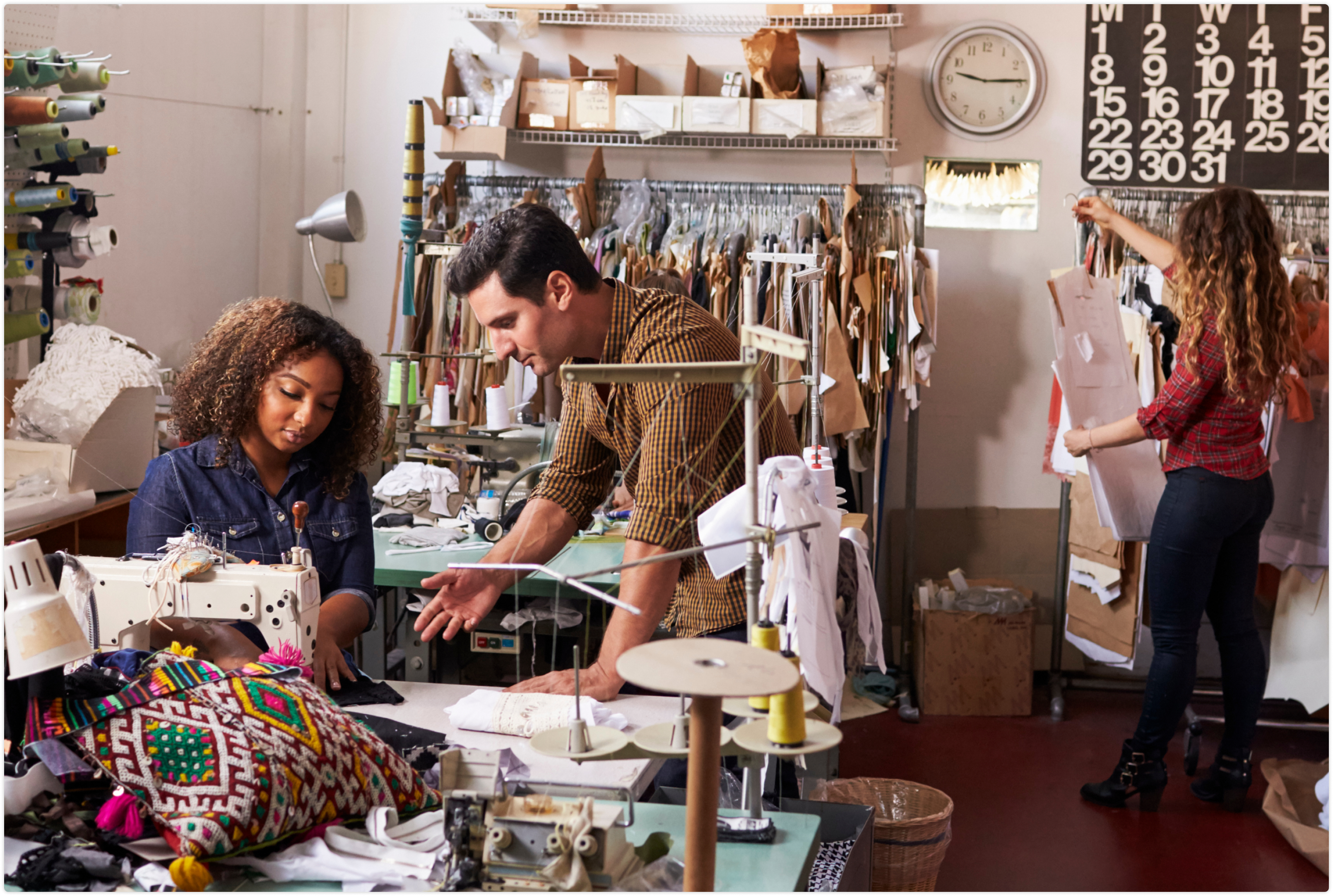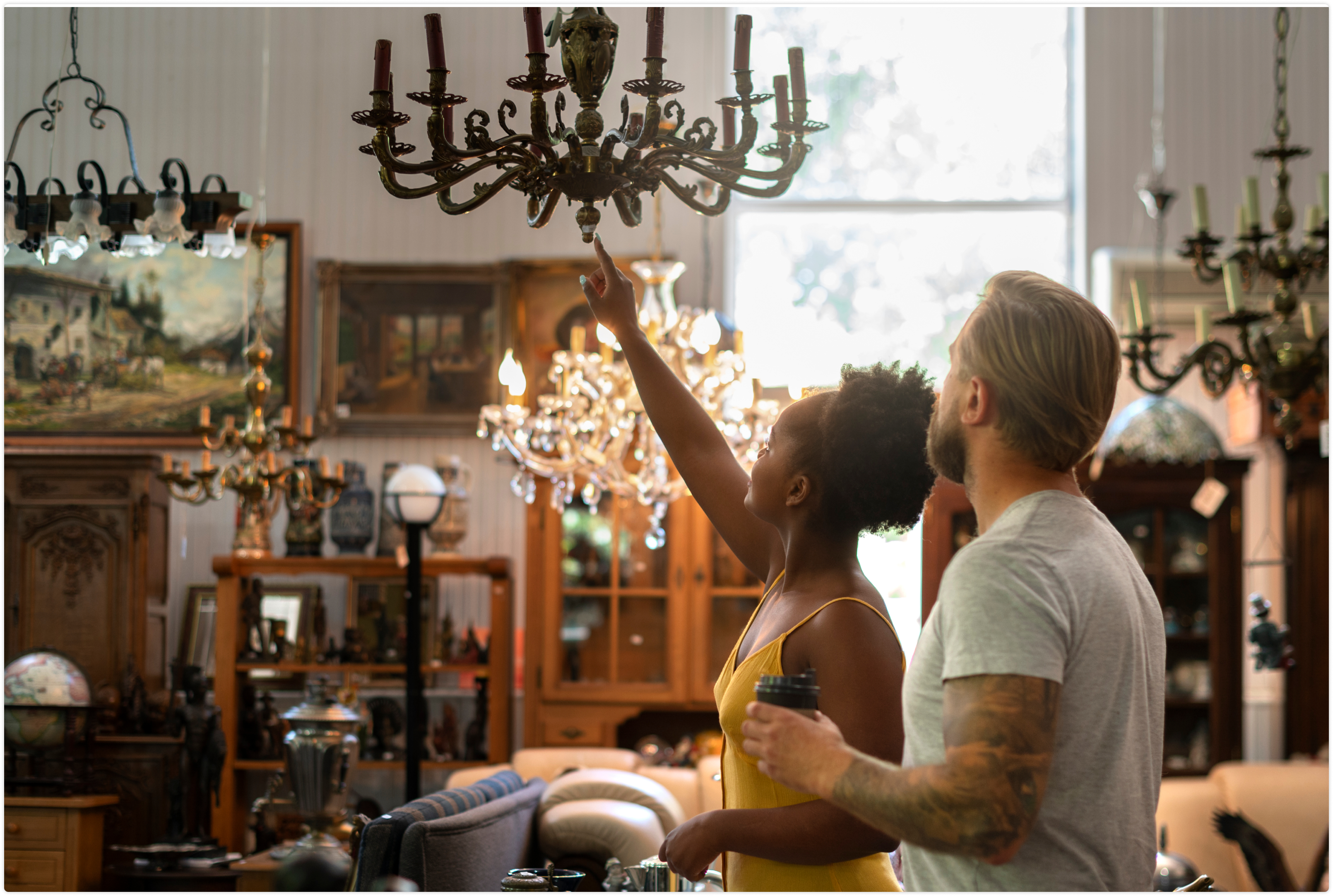12 Steps to Launching an Online Vintage Store

Opening an online vintage store can be an exciting venture for enthusiasts of classic fashion and antiques. It's a way to turn a passion for vintage items into a profitable business. Here's a guide to get you started:
1. Define Your Niche:
Determine what kind of vintage items you want to sell. 'Vintage' can encompass a wide range of products, from clothing and accessories to furniture and collectibles. Identifying your niche will help you target the right customers and curate your stock more effectively.
2. Source Your Inventory:
Finding quality vintage items can be one of the most challenging aspects of the business. Look for sources like estate sales, thrift stores, auctions, and private sellers. You can also network with other vintage lovers online to find the best pieces.
3. Validate the Authenticity:
The value of vintage items often depends on their authenticity. Learn how to verify the age and origin of your items. This may involve researching brands, makers' marks, and historical trends.
4. Set Up Your Online Store:
Choose an e-commerce platform that suits your business needs. Online e-platforms are popular among vintage store owners. branchbob is an excellent choice for those looking to dive into the world of vintage e-commerce without getting bogged down by technical details. It’s user-friendly, offers comprehensive inventory management, and provides robust support to help you at every step. And it is for free!

5. Create a Strong Brand:
Your brand is what sets you apart from competitors. Develop a memorable name, logo, and design theme for your online store that resonates with the vintage vibe. Your brand should reflect the era and style of the items you're selling.
6. Photography and Product Descriptions:
Good photography is crucial for selling vintage items online. Each product should be clearly photographed from multiple angles. Accompany your photos with detailed descriptions that include the item's condition, measurements, and any historical information.
7. Price Your Items:
Pricing vintage items can be tricky because they don’t have a set market value. Research what similar items are selling for and consider factors like condition, rarity, brand, and demand when setting your prices.
8. Develop Policies:
Clear policies for shipping, returns, and exchanges are essential for any e-commerce store. Be transparent with your customers about your policies to build trust and avoid future disputes.
9. Market Your Store:
Use social media, content marketing, and SEO to attract customers to your store. Platforms like Instagram and Pinterest are great for visual products like vintage goods. Collaborate with influencers and bloggers who cater to your target audience to expand your reach.

10. Customer Service:
Provide excellent customer service. Respond to inquiries promptly, resolve issues quickly, and make the shopping experience personal. Happy customers are more likely to return and recommend your store to others.
11. Stay Compliant:
Understand and adhere to any legal requirements for running an online business, including tax obligations and consumer rights laws.
12. Continuously Adapt:
The vintage market can be unpredictable. Stay flexible and be ready to adapt your business model to changes in consumer trends and economic conditions.
By following these steps and committing to continuous improvement, you can turn your love for vintage items into a thriving online business. Remember, success in e-commerce is not just about selling products but creating an experience that customers can’t find elsewhere. Your online vintage store is not just a shop; it’s a time machine that connects the past to the present.